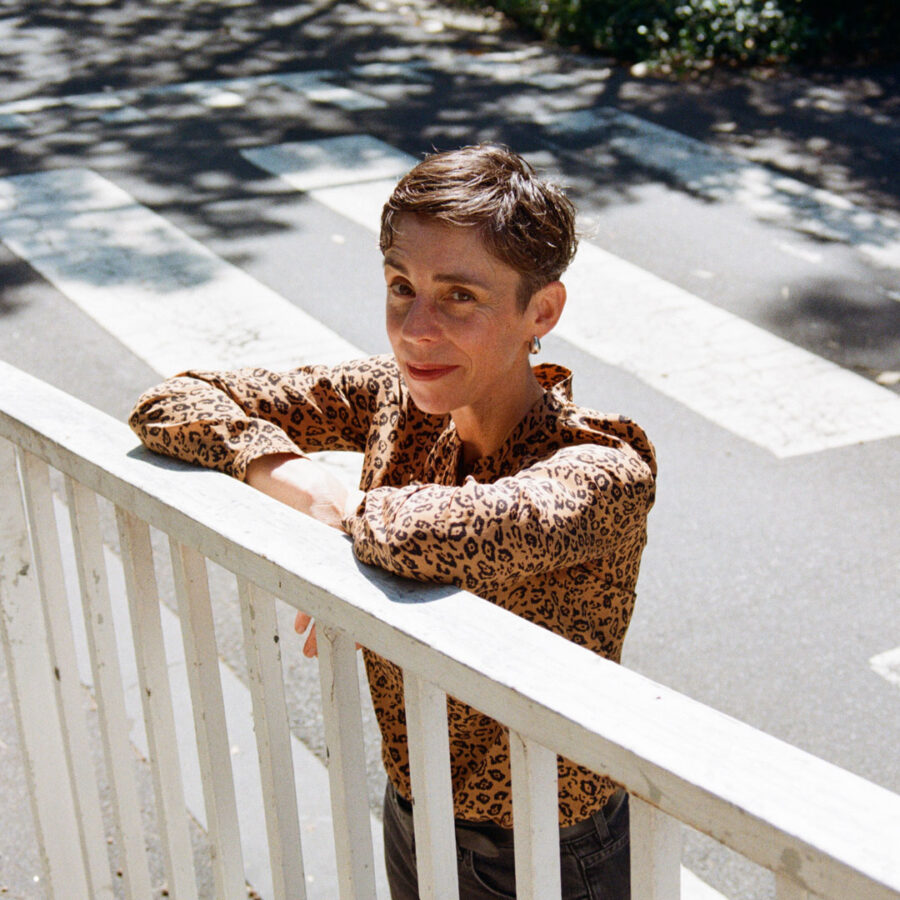A new series of experimental essays on the SRB
This week we launched a new series devoted to experimentalism and the essay at the Sydney Review of Books. Most SRB launches take place online – but this one occurred in a gallery and featured work by two mixed-media artists, Akil Ahamat and Kuba Dorabialski. You can see Dorabialski’s work here and we will publish Ahamat’s mesmerising video work next week. These two video-essays take their place alongside a new piece of writing by Tom Lee, a speculative essay on outdoor knowledge work.
I’m delighted to see these essays inaugurate the series, and looking forward to sharing new work with SRB readers in the months ahead. As the SRB is a literary journal, it’s not improbable that some readers are wondering why a pair of mixed-media artists are leading a series on experimental essays.
There are a few answers to this question.
The first begins pre-Covid, in conversations between me and former SRB colleague Andrew Brooks, who was important to the early thinking about this series and commissioning. We observed a certain slippage in conversations about experimental practice in the literary sphere. Most frequently experimentalism, we found, was tagged to a style, an out-there style that mucked around with linearity and syntax, but often only on the surface. We didn’t see a lot of rigour in the discourse around experimental literary practice. This is a generalisation, of course, not a rule, and the exceptions are important.
And at the same time, the rise and rise of the literary essay, especially online, was making us aware that the formal and conceptual contours of the genre were hazy. Content prevailed. I’m fond of saying that the essay is a hospitable form, but even so, it seemed to me that anything over 2000 words was getting the label stamped onto it. A lot of writing that was being packaged as essays looked to me a lot like feature journalism, and honestly, so were a lot of the essay pitches that landed in my in-box. My colleague James Ley provides a terse approximation of the state of affairs, in a critical essay on Jenny Erpenbeck published this week on the SRB: ‘The confessional and the expressive have been granted priority over the formal, the philosophical, and the analytical.’
We sought to re-set the SRB’s contribution to a broader conversation about experimental practice, and to provide a different set of reference points about the essay, to encourage essayists and readers to consider the formal aspects of the essay, and perhaps the philosophical and analytical too.
That’s where this series started, with a desire to shake up talk about the literary essay and to encourage an ethos of experimental practice, rather than style. It was important from early on to be working with visual artists, with essayists whose work demands an engagement with conceptual questions, and not merely content.
This was all pre-Covid, before the lockdowns and stealth defunding of arts organisations and universities fell upon us. In practical terms, this project was slowed down, because everything was slowed down. I have to say, though, the political dimensions of experimental practice in the literary sphere crystallised in new ways through the pandemic. Organisations and creative practitioners – writers, artists – are being drawn into a new era of risk-aversion. There aren’t many incentives to be making new work, let alone paid ones, and it’s my broad observation that writers are being encouraged to make predictable work, palatable work, marketable work, to make fundable work – and that critics are being asked to pedal along. It’s a wearisome intellectual and creative climate. That said, this weather has blown gusts of new urgency into our experimental essay project. I’m excited by the work we’ve commissioned, and I hope the questions it prompts are generative.
We’ll be intermittently publishing new essays into this series through 2021 and 2022, some authored by literary essayists pushing their practice in new directions. There are other video and mixed media works on the horizon too, and possibly some surprises. The essays will differ, but what they will share is this vital ethos of experimentation, of conceptual boldness, of resisting intellectual and creative templates.
